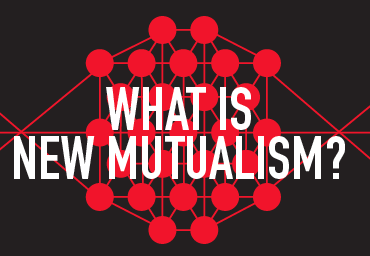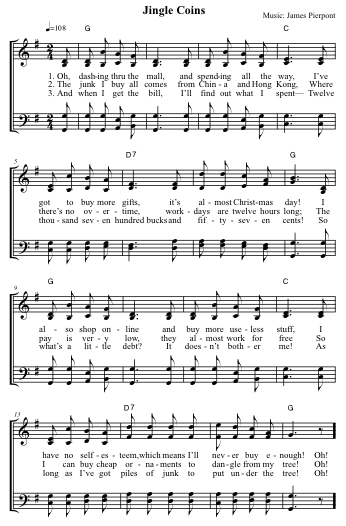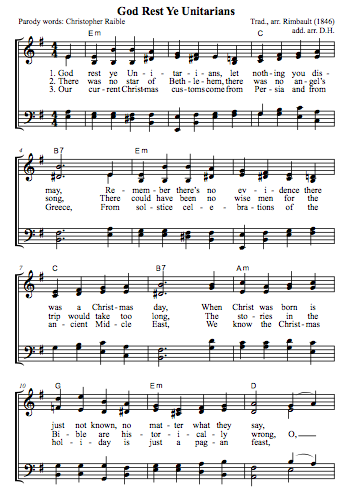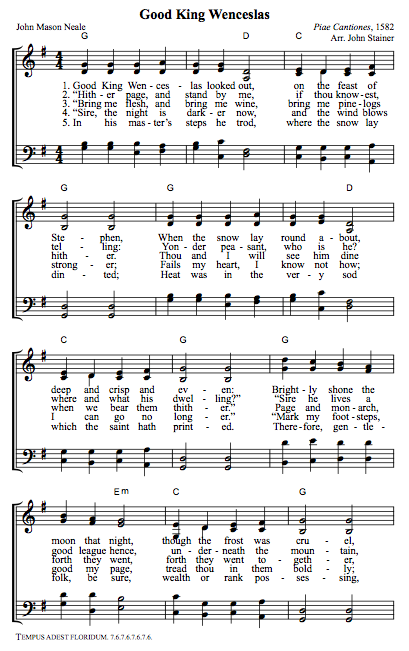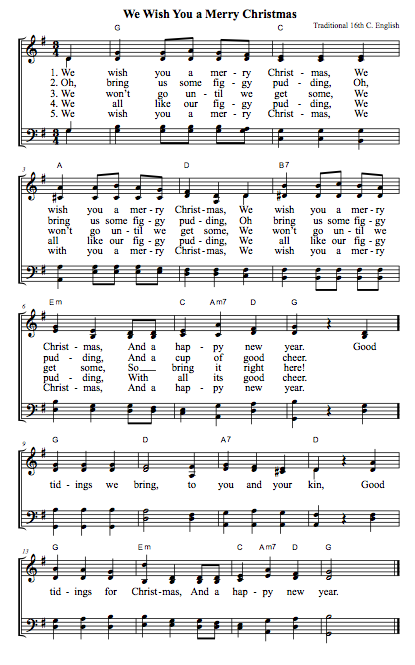It feels to me as though there was a resurgence of energy and creativity among Unitarian Universalists using social media in 2013. I’m not sure we were always as effective as we could have been, but I saw energy and enthusiasm amongst Unitarian Universalist (UU) social media creators that led to some of our best use of social media ever. Here’s my list of the 2013 UU social media top three — two exemplars of how to use social media and one milestone in the evolution of UU social media:
1. CLF: This year, the best producer of UU social media was, without doubt, the Church of the Larger Fellowship (CLF). When you go to their Website, delightfully titled “Quest for Meaning,” you’re immediately presented with several ways you can engage with the CLF community: you can share your joy or concern; you can light a virtual chalice; you can click through to one of their blogs; you can register for an online course; you can find out about their online worship services; you can donate money or buy books that will provide them with a small kickback; and more. The front page of their Website lets you know that they really do have an online community — and their Website draws you in and offers you many ways to participate, at multiple levels of commitment. I’m pretty jaded by online engagement these days, but even so simple a thing as lighting their online chalice brought a smile to my face.
I’m even more impressed by CLF’s video offerings, which are easiest to track down on Youtube. You can watch video meditations, you can listen to their religious educator, Lynn Ungar, tell stories, you can hear homilies by their senior minister Meg Riley and others, and you can watch “The VUU,” an online UU talk show. I was particularly impressed by “The VUU”; I was prepared not to like it, I thought there was no way that I’d watch an hour-long video, I half-suspected it would be the usual overly-serious religious liberal talkfest. But it turns out that “The VUU” is funny, entertaining, thoughtful, and definitely worth watching. Ever since I watched the early videoblogs by Steve Garfield and others, I’ve been waiting for some Unitarian Universalist to figure out how to do something fun and creative with online video — and “The VUU” has finally done it; indeed, it exceeds my expectations.
2. UU World’s “Interdependent Web”: When Kenneth Sutton stopped curating “The Interdependent Web,” a weekly list of the most interesting posts from UU blogs, I was a little bit worried; I didn’t think anyone could be as good a curator as Kenneth. But I can say without diminishing Kenneth’s achievements in the least that Heather Christiensen, the new curator of “The Interdependent Web,” is even better. Heather has cast a very wide net, and tracked down new and unusual UU blogs that I otherwise would never have heard about; she has been unafraid to mention posts on controversial subjects (and her editors at UU World have obviously supported her in this); and she has been pretty consistent at finding good and thoughtful writing. Continue reading “The year in review: UU social media in 2013”

